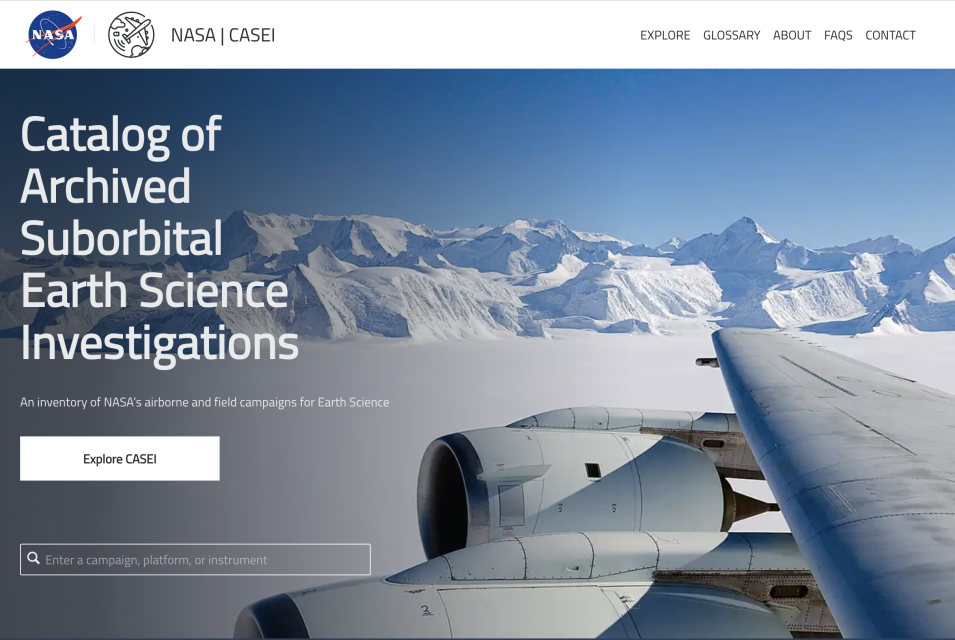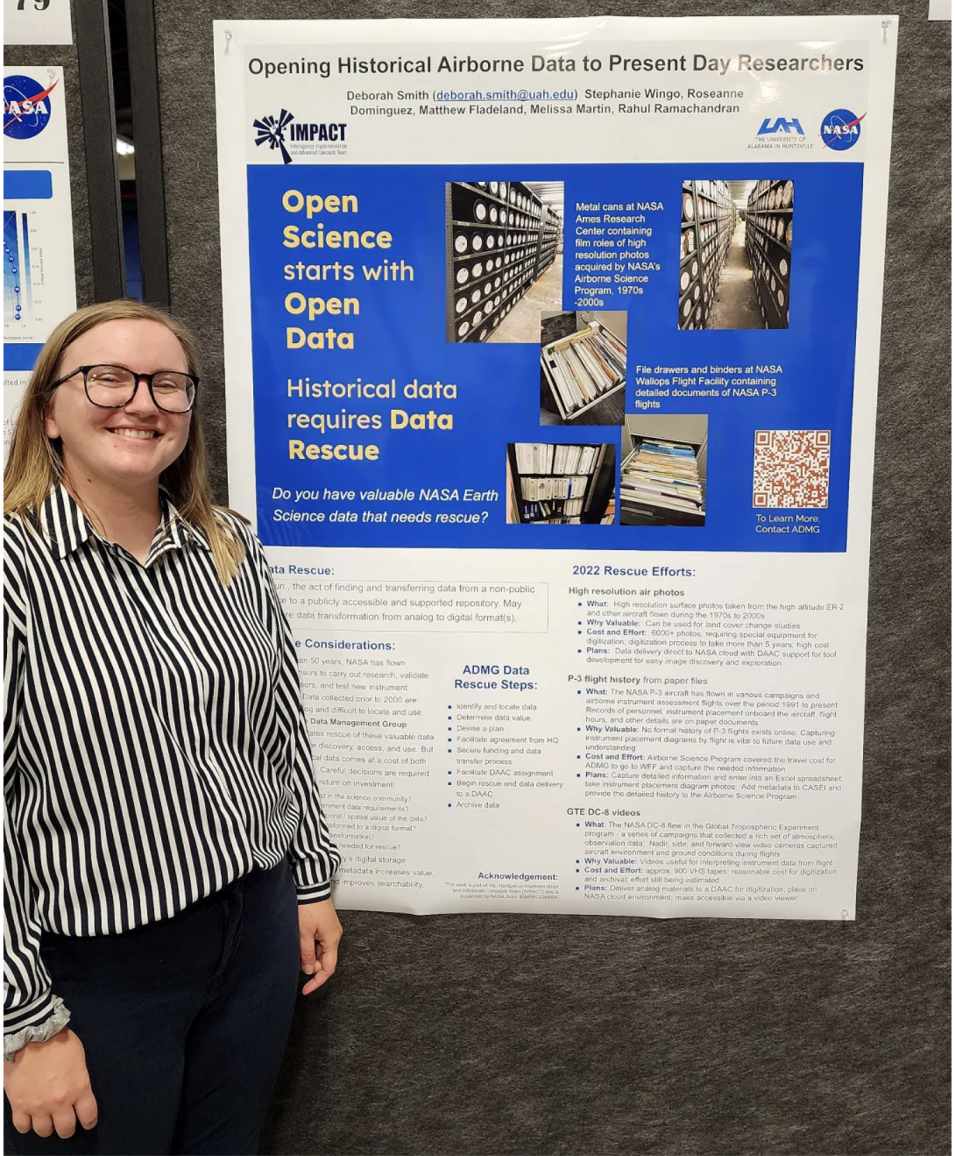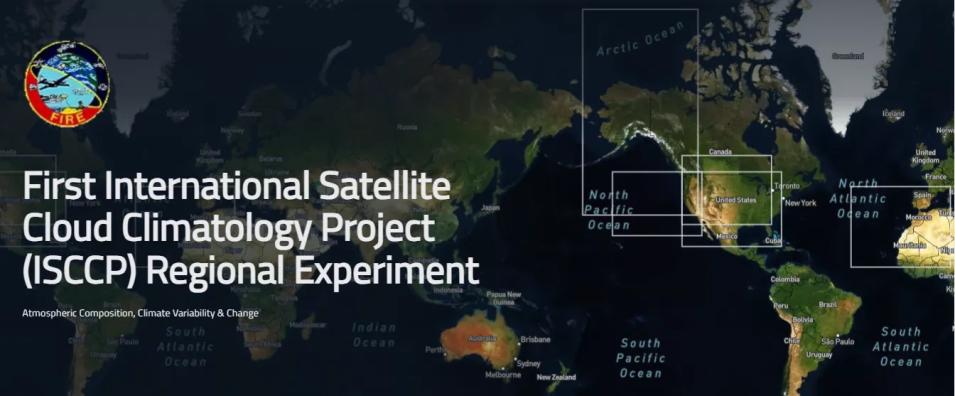Enhancing CASEI
While the ADMG team is celebrating the "full release" milestone, they won't be stepping away from their keyboards any time soon. They still have dozens of campaigns to curate and add to the CASEI interface as well as a long wish list of user interface enhancements to implement. Late last year, the team convened a “CASEI Future State Workshop” to review their progress and determine the next steps for CASEI evolution and maintenance.
They established that their top priorities are to continue campaign curation and to implement iterative improvements to the CASEI user interface to better support an efficient, intuitive user experience. With 107 of 164 known campaigns added to CASEI, they are well on their way to accomplishing their curation goal. However, the goalpost keeps moving as more historical campaigns are discovered that need to be added to CASEI.
Several updates are in development that will be added to CASEI later this year and beyond:
- Maps of platform tracks and locations (flight paths, ship voyages, field sites) for all campaigns in the CASEI inventory
- Increased transparency in curation status: posts on what campaigns, instruments, and platforms are currently being curated and coming soon to the CASEI database
- Support for determining coincident satellite overpasses
- Additional links to resources on campaign- or data-specific tools and software as well as historical perspectives on the origin of individual platforms and their use in NASA Earth science.
Looking to the Future
As CASEI progresses into and beyond full release, ADMG and the NASA Earth Science Data Systems (ESDS) program are exploring long-term solutions to support these unique metadata and discovery capabilities. Currently, a collaborative team consisting of ADMG, DAAC, and NASA Earth Science Data and Information System (ESDIS) personnel are planning what will become the Airborne and Field Data Resource Center — a virtually operating center to oversee the stewardship of airborne and field data products. Once the center is operational, CASEI will be a cornerstone of its offerings. For now, CASEI will continue to be administered by the ADMG.
Now is the time to celebrate the years of focused effort it took to build CASEI. Dozens of students, scientists, and developers have worked together successfully to create a nimble, valuable tool that directly supports scientific progress. However, the team is already eager for tomorrow and the opportunity it brings to make their great product even greater.
You can explore CASEI and learn more about ADMG via their web pages.
More information about IMPACT can be found on the NASA Earthdata and IMPACT project websites.
LinkedIn Profiles: Stephanie Wingo, Deborah Smith, Ashlyn Shirey, and Eli Walker.




